1. Decorative Water Features
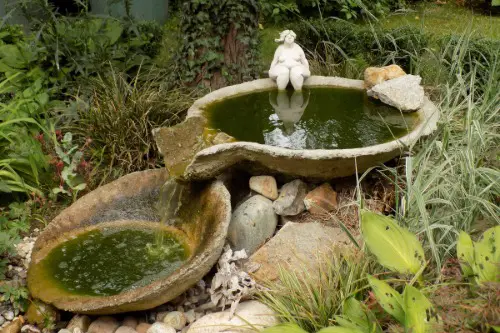
Fountains, waterfalls, and ornamental ponds add ambiance, but they also waste a surprising amount of water. In drought-stricken areas, these features are being restricted or banned unless they use recycled water. Even then, they’re often discouraged because of evaporation loss. What looks serene can be a silent drain on resources.
Some cities now require permits for new water features or prohibit them entirely in residential areas. If you already have one, you may be asked to retrofit it with a recirculating pump. The message is clear: water is for essentials, not aesthetics. Beauty has to be balanced with responsibility.
2. Non-Porous Hardscaping
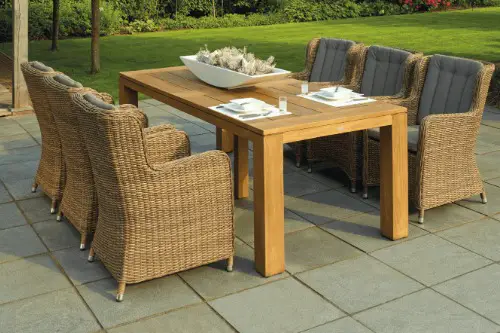
Trendy patios made of concrete or stone slabs might look sleek, but they prevent rainwater from soaking into the ground. In drought-prone regions, that runoff is a missed opportunity to replenish groundwater. Some municipalities are now encouraging—or mandating—permeable materials like gravel, decomposed granite, or permeable pavers. These allow water to filter through and reduce strain on stormwater systems.
It’s not just about water conservation—it’s also about managing heat. Non-porous surfaces can contribute to the urban heat island effect. So the shift is toward materials that are both water-wise and heat-smart. Your patio can still be stylish—just with a little more thought.
3. Lush, Water-Hungry Lawns
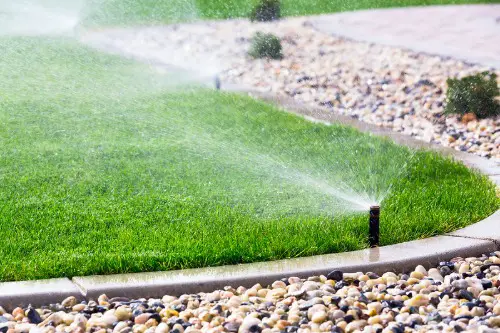
That perfectly green, golf-course-style lawn might be a suburban dream—but in many drought-prone states, it’s becoming a thing of the past. Traditional turf grass requires thousands of gallons of water per year, especially in hot, dry climates. Cities like Las Vegas and parts of California have started banning or heavily restricting non-functional turf. It’s just not sustainable when water is scarce.
Homeowners are being encouraged—or even required—to replace lawns with drought-tolerant landscaping. Think native plants, gravel, and artificial turf in some cases. These alternatives use a fraction of the water and still look beautiful. The era of the thirsty lawn is quietly fading.
4. High-Water-Use Plants
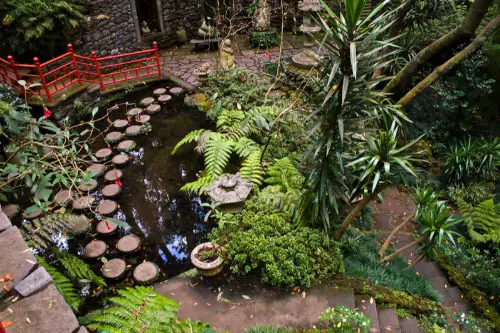
Tropical plants, thirsty annuals, and non-native species might look lush, but they’re often ill-suited to dry climates. In places like Arizona and Southern California, local governments are cracking down on landscaping that requires excessive irrigation. Some HOAs are even rewriting their rules to ban certain plants. It’s a quiet but growing movement toward xeriscaping.
Native and drought-tolerant plants not only save water—they also support local ecosystems. Think succulents, lavender, sage, and ornamental grasses. These plants thrive with minimal care and still offer color and texture. It’s a win for both your yard and the environment.
5. Private Pools Without Efficiency Upgrades
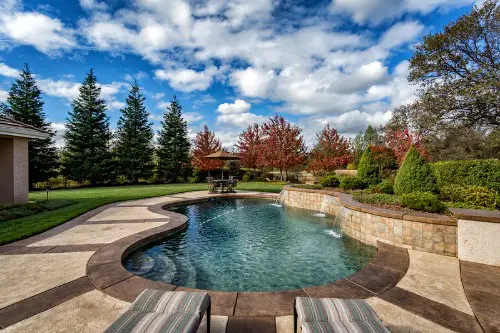
Backyard pools are a dream for many, but in drought-prone states, they’re under increasing scrutiny. Some areas now require pool covers to reduce evaporation or limit how often pools can be refilled. New pool construction may be restricted altogether during severe droughts. It’s not about banning pools—it’s about making them smarter.
Evaporation can waste thousands of gallons a year, especially in hot, dry climates. Covers, efficient pumps, and leak detection systems are becoming mandatory in some places. If you’re planning a pool, check local regulations first. The rules are changing quietly but quickly.
6. Daily Outdoor Watering
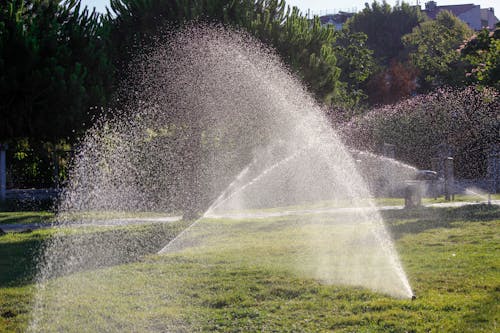
Watering your lawn or garden every day might seem like good care, but it’s often unnecessary—and increasingly illegal. Many drought-prone states have implemented strict watering schedules, limiting irrigation to certain days or times. Violating these rules can result in hefty fines. It’s part of a broader push to reduce outdoor water use, which accounts for a huge portion of residential consumption.
Smart irrigation systems and drip lines are being encouraged as alternatives. These deliver water more efficiently and only when needed. Mulching and soil amendments can also help retain moisture. The goal is to water wisely, not wastefully.
7. Pressure Washing Driveways and Sidewalks
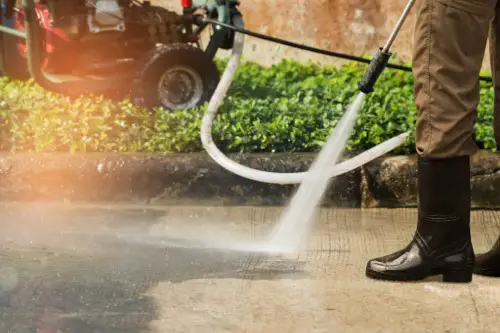
It might feel satisfying to blast away dirt with a pressure washer, but it’s a major water waster. In many drought-affected areas, using potable water for cleaning hard surfaces is now banned. That includes driveways, sidewalks, and even patios. It’s considered non-essential use, and enforcement is ramping up.
Alternatives like sweeping or using recycled water systems are being promoted. Some cities offer rebates for water-efficient cleaning equipment. It’s a small change with a big impact. Clean doesn’t have to mean careless.
8. Ignoring Rainwater Capture
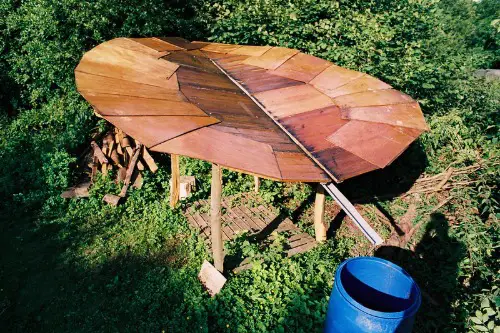
In the past, collecting rainwater was seen as quirky or unnecessary. But now, in many drought-prone states, it’s not just encouraged—it’s becoming expected. Some areas even offer rebates for installing rain barrels or cisterns. And in a few places, new construction must include rainwater harvesting systems.
Letting rainwater run off your roof and into the street is a missed opportunity. Capturing it helps reduce demand on municipal supplies and keeps your garden green without turning on the tap. It’s a quiet revolution in water use. And it’s gaining momentum fast.
This post 8 Outdoor Trends That Are Quietly Being Banned in Drought-Prone States was first published on Greenhouse Black.
